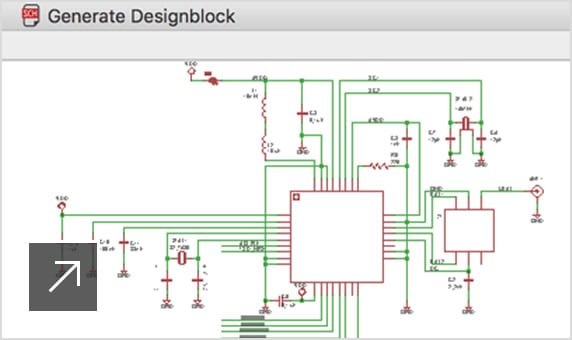Eagle Software Circuit Design


Engineered Product Solutions. The successful development of our North America and Asian infrastructure, engineering, and technical manufacturing expertise has enabled. Electrical Engineering & Electronics Projects for $30 - $250. I need a layout for a PCB done in Eagle. I don't want it auto-routed. It's not a complicated design. San Francisco Circuits ultimate PCB design software comparison comprehensively reviews the top 5 PCB design tools in the. Eagle stands for Easy, Applicable.
This is a PCB design tutorial that I designed as a simple way to learn how to create a PCB layout in Cadsoft Eagle. PCB Design is extremely useful to know. It’s what will take you from knowing how to build simple circuits to being able to build advanced stuff like LCD screens, Quadcopters, etc.
What you need for this tutorial: • A computer with any version of installed • A schematic diagram () (If you want to use the same schematic as used in this PCB tutorial you can download the schematic. You can also find three simple electronic circuits with schematics, board layout and Gerber files.) Create Board From Schematic We start by opening our schematic diagram in Eagle. Click on the “Board” button (or choose “Switch to board” from the “File” menu) to create a board for this schematic.You can also use the for selecting commands. If no board exists, we will get a warning asking us to create a new board. Choose “Yes”. A new board will be created with all the components from the schematics. Place Components We choose the “Move” action from the toolbar (or the “Edit” menu) to place the components on our board.
A good way to arrange our components is to place them similar to the placement in the schematics. This makes it much easier to troubleshoot the circuit at a later stage if needed. Anne Friedberg The Virtual Window Pdf Editor.
Click on “Rastnest” from the “Tools” menu to update the yellow airwires. Start Routing Alright, now the routing fun begins 🙂 Routing can be done manually or automatic.
Here I will explain how to do it manually. You can also read about. Choose “Route” from the toolbar (or from the “Edit” menu). Select 12 mil trace width and 24 mill drill size.
A rule-of-thumb is to use wide traces for nets that draw a lot of current, for example your power lines. For other nets, we can use thinner traces. In this example, not much current is drawn by the circuit, so we just choose some default values. We start routing by clicking on one of the yellow airwires. A trace appears with a color corresponding to the current routing layer.
Now we use our left mouse button to route the wire to where the airwire points us. If we want to change the routing layer, we simply click the middle mouse button or use the layer selector on the toolbar. A good rule-of-thumb for a two-layer board is to route only horizontally on one layer and only vertically on the other. But this is not necessary for such a simple board as ours.
Learn more about. To simplify routing, a can be added. Run ERC and DRC To Check For Errors When we are finished routing the PCB, we should always run ERC and DRC from the “Tools” menu to look for errors. Fix any errors if present. When there are no more errors, we have finished the PCB design tutorial.
Let’s give ourselves a pat on the back! Now we are ready to that we can send to a manufacturer for fabrication. Learn more about sending your design to a manufacturer. Filed Under: Reader Interactions.